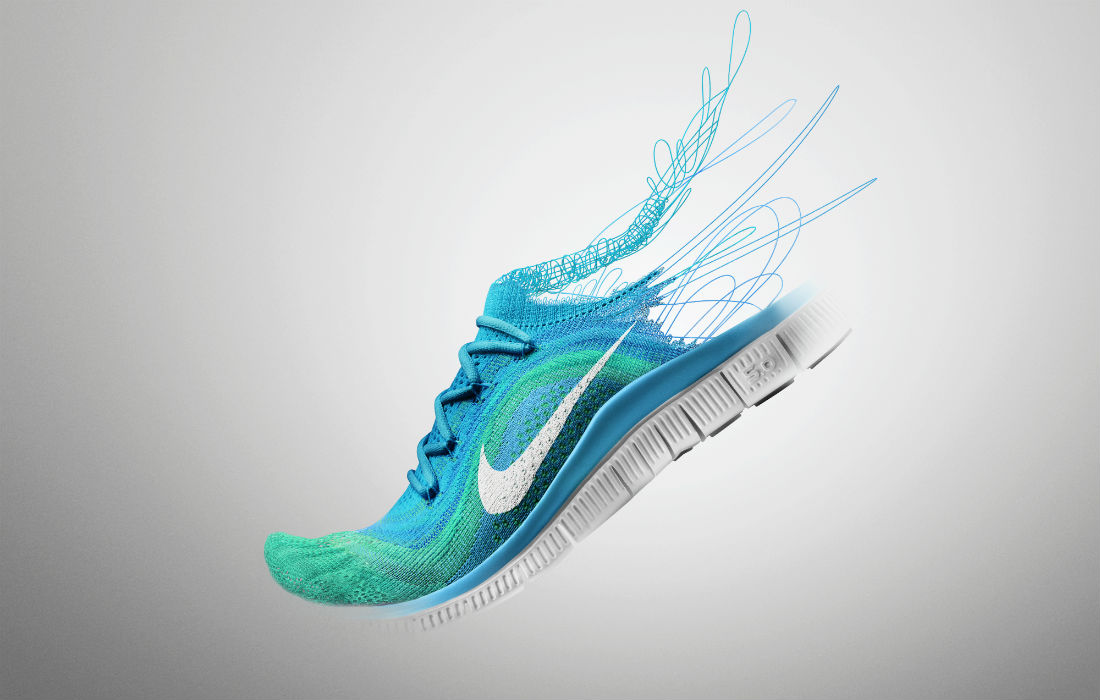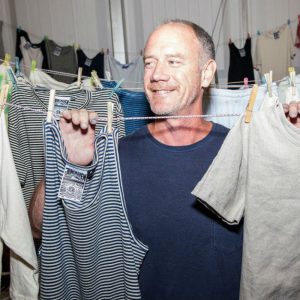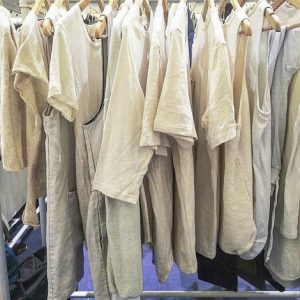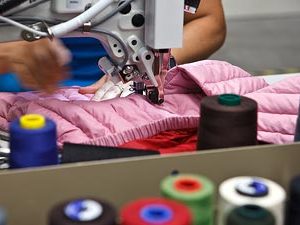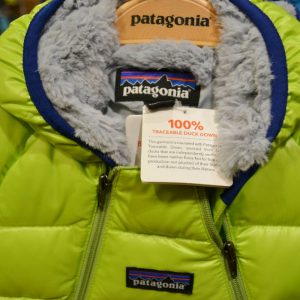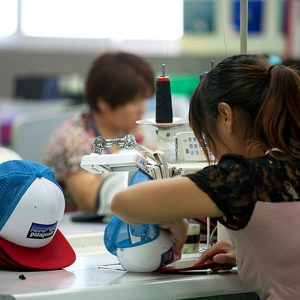Sustainability can be a tricky issue when it comes to apparel. We already know that quality usually precludes a killer deal, but how do you make sure the extra cash you’re paying is going to responsible practices all the way down the production line? How can we be sure that new jacket or T-shirt has a minimal environmental impact? Transparency in production is a tall order, for sure, but one group is trying to take the guesswork out of greening up our wardrobes.
Released in July 2012, the Sustainable Apparel Coalition’s Higg Index is a sustainability measurement tool allowing apparel companies to evaluate the impact of their products and production practices, from raw materials down to product disposal. This suite of self-assessment tools assists brands, retailers and facilities to measure their environmental, social and labor impacts with the eventual goal of making that data available to the consumer. It also helps manufacturers identify areas for improvement.
Now that big-time brands like Target and H&M are assessing their sustainability practices with the index, it may not be long until rating system scores like those determined with the Higg Index find their way onto clothing labels. Until then, some companies are trying to be as transparent as possible, and in doing so, are tapping into a large market of green-conscious consumers.
Nike’s questionable production past has almost been completely forgotten thanks to a commitment to more sustainable fabrics. The footwear giant’s “Flyknit” running shoe, which is knit from polyester, eliminating the waste of using cut textiles, was worn by U.S. and other marathoners at the 2012 London Olympics and was designed based on the Higg Index. Even environmental heavy hitters like Patagonia, with their long-standing commitment to responsible design and production, are open about their ongoing quest to create sustainable products. The Higg Index has become an essential tool for developing, implementing and tracking the company’s goals.
Transparency in production has also been a driving force for smaller, boutique brands whose environmental contributions are at the forefront of their marketing platforms. A great example of this is Jungmaven, whose vision to get everyone in a hemp T-shirt by 2020 to help mitigate climate change is just as important as the quality of their impeccable hemp tees and sweatshirts. Others draw an explicit connection between their customers and sustainable practices. Sunglass and skateboard-maker Bureo has been using recycled fishing nets as their raw material, driving a dedicated mission to find solutions for the growing issue of ocean plastic pollution.
As more and more consumers demand greener practices, companies will continue to feel pressure to adhere to stricter environmental and social guidelines like the Higg Index. This push for a more conscious apparel industry will not only make it easier for consumers to shop according to their values, but may also change the way we think about our clothes.
Images courtesy of Nike, Outside Online, Jungmaven, Greenglasses and Patagonia.
xx Arya
Arya is a writer living and working in Denver. She enjoys houseplants, running and all that fresh mountain air.
